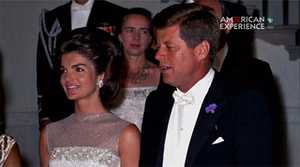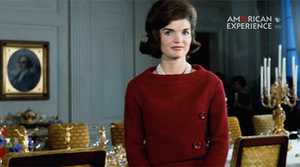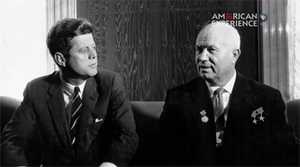JFK: The Rescue
On a starless night in August 1943, a Japanese destroyer split Kennedy's PT-109 boat in half. The crew had been left for dead, but the future president felt it was his duty to get his men to safety — and he was going to spare no effort to do so.
Transcript:
Michael Dobbs, Writer: He was a very junior officer out in the Pacific. He was on the margins of the war. But he saw how a military operated not from the top down but from the bottom up. And one of his favorite expressions was, "The military screws up everything."
Narrator: PT-109's skipper did little to distinguish himself in his first four months on duty. He and his men ran raids on Japanese supply convoys; they were shot at and they fired back, but steered clear of major incident...until a hot, starless night that August. Out on a routine mission, Kennedy had his vessel idling in open water, when a Japanese destroyer emerged out of the darkness, racing at 40 knots, and split his boat in half. Two of his crewmen were killed immediately.
It took Kennedy nearly three hours -- swimming around in the dark -- to gather the survivors onto what was left of his PT boat. His engineer, Pappy McMahon, was badly burned, in excruciating pain, and helpless.
They were still stranded in open water at daybreak. Mid-afternoon, what was left of PT-109 was beginning to sink, and it looked like they had been left for dead.
Robert Caro, Historian: They're drifting, holding onto the hull and drifting in the water, when he sees a group of islands about three miles off. He tells them they have to swim to it to survive. But how is McMahon going to swim? McMahon is wearing a life jacket. Kennedy takes one of the straps, cuts it, puts one end in his teeth, tells McMahon to lay on his back, and then he tows him the three miles to this island. And when he gets up on the beach he collapses.
The men who were with Kennedy that day, they all speak of his sense of responsibility, that it was his job, that he would spare no effort to try and get help for his crew.







